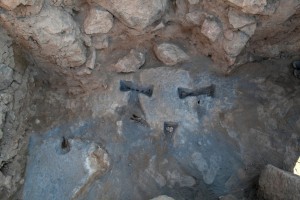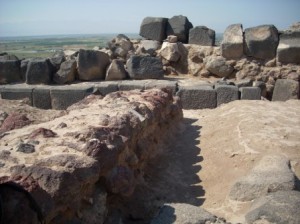Reading my October book on pedagogy, McKeachie’s Teaching Tips, has taught me a couple of important lessons:
1) Studies show the efficacy of some of the techniques I use while teaching, for example, breaking the students into smaller groups to teach each other the material.
2) Also, reading books about pedagogy doesn’t take as much time as I thought it would, since you can skip to the techniques you’re trying to work on and skip any you’ve got down.
I find it rather interesting that I can pick up a teaching book and, instead of reading it for an overarching argument, cherry-pick directly to the elements that speak to me. (For example, I don’t really need the chapters on lecturing effectively—yet.) So I did just that: I went through the book and cherry-picked to the material that’s important to the discussion-based classes I teach at the University of Chicago.
went through the book and cherry-picked to the material that’s important to the discussion-based classes I teach at the University of Chicago.
Since I’m trying to use this forum as a way to explore and improve my own teaching, this discussion will obviously be focused on my particular situation. But I’m putting McKeachie’s 7 “biases or hypotheses” inset over here for general purposes, before I go on to discuss what I found most interesting.
The Socratic Method
I was looking for semi-concrete tips about leading discussion, but I ended up thinking mostly about discussion in general, and in particular, the Socratic method. I quote McKeachie about the Socratic method:
In television, novels, and anecdotes about the first year of law school [Socratic teaching] is usually portrayed as a sadistic, anxiety-producing method of eliciting student stupidity, and even when I place myself in the role of the slave boy taught by Socrates in the Meno, I feel more like a pawn than an active learner. (2011:43)
Ouch. McKeachie goes on to say that the questioning methods advocated by a student of the Socratic method, Allen Collins, “may be generally useful in leading discussions,” but it seems as though McKeachie is rather lukewarm on the method. Continue reading












